With the ever-growing trends in e-commerce, businesses are constantly seeking efficient and innovative ways to establish their online presence. One approach that has gained significant attention is the concept of Shopify clone websites. These platforms offer a unique opportunity to replicate the success and functionality of the renowned Shopify e-commerce platform.
Whether you’re an entrepreneur looking to establish a new online store or an established brand exploring new avenues, understanding the intricacies of Shopify clone websites can provide you with a competitive edge.
It doesn’t matter if you’re crafting an online store from scratch or considering the advantages of an established E-commerce framework duplication; join us as we delve into the intricate universe of Shopify clone websites. Let’s explore the journey of turning a vision into a reality and uncovering the possibilities that lie ahead.
Table of Contents
What is a Shopify Clone Website
A Shopify clone website refers to a platform that emulates the core features and functionalities of the renowned Shopify e-commerce platform. It involves replicating the design, layout, and even the user experience to create a virtual duplicate of the original. This emulation extends beyond mere aesthetics, encompassing the intricate mechanisms that power an online store—payment gateways, product listings, shopping carts, and more.
The Purpose & Advantages
The primary purpose of a copying Shopify website is to offer businesses, both new and established, a streamlined path to establishing their online presence. Here are some compelling reasons why this approach is gaining traction:
-
- Cost-effective Shopify duplication: Crafting an e-commerce platform from scratch demands considerable financial investment. A Shopify clone website drastically reduces these costs by providing a ready-made framework that can be customized to align with your brand.
- Quicker setup with Shopify clones: Time is often of the essence in the digital arena. Building a website from the ground up can be time-consuming, delaying your business’s entry into the market. A duplicate Shopify store expedites the setup process, enabling you to launch your online store more rapidly.
- Established Framework: Shopify’s success is a testament to its robust framework. By adopting a clone website, you inherit a tested and proven architecture that underpins numerous successful online ventures.
- User-friendly Shopify replicas: Duplicate Shopify stores aim to replicate the user-friendly interface that Shopify is renowned for. This ensures that visitors to your store encounter a familiar and intuitive browsing and shopping experience.
- Customizability: While the foundation may be pre-built, a Shopify clone website provides ample room for customization. Tailor the design, add your branding elements, and configure the features that resonate with your business.
- Established framework for online stores: A clone website isn’t limited to mirroring an existing brand. It can serve as a canvas for experimentation, allowing you to test new strategies and ideas without affecting your primary business.

How To Clone Shopify Store: Step-by-Step Guide
Turning your vision of a Shopify clone site into reality requires a systematic approach. In this section, we’ll walk you through the essential steps involved in crafting your online masterpiece.
1. Planning Your Clone Website
A solid foundation is critical to a successful project. Before you dive into the technical aspects, consider the following:
Emphasizing Clear Objectives and Design Vision
Your objectives are at the heart of your Shopify clone website. Are you aiming for a seamless online shopping experience, a platform for experimentation, or something unique? Define your goals to guide your decisions throughout the process.
Outlining Features, Design, and Functionality
Start by outlining the features you want on your clone website. Will it include a blog section, interactive product galleries, or social media integrations? Lay out the design elements and functionality you envision, ensuring they align with your brand’s identity and the preferences of your target audience.
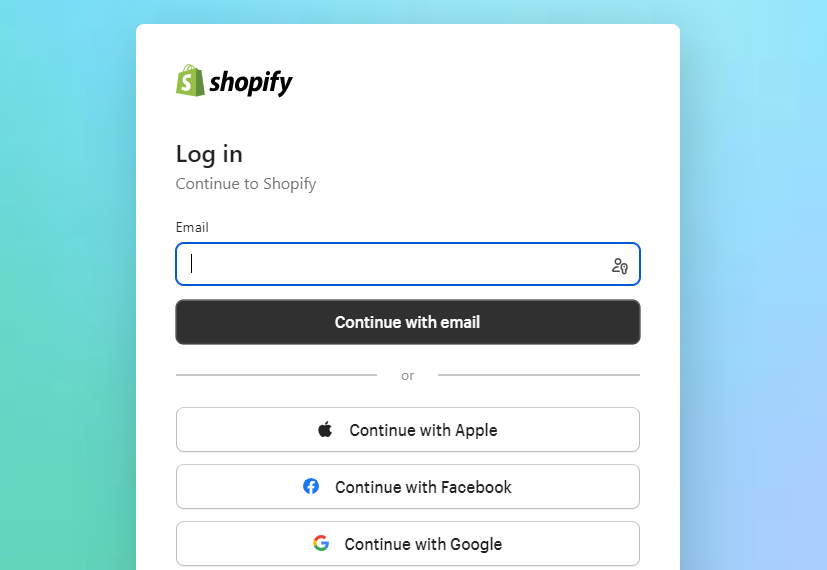
2. Selecting the Right Platform
The platform you choose will be the canvas on which your clone website is built. Consider the following when making your selection:
Highlighting Available Platforms for Duplicating Shopify Sites
Several platforms offer the tools and features necessary to create Shopify clone websites. Explore your options, keeping factors like ease of use, support, and customization capabilities in mind.
Importance of Compatibility and Features
The platform you choose should seamlessly integrate with your clone website’s vision. Ensure that the platform supports the features you’ve outlined and provides the flexibility to scale as your business grows.
3. Choosing a Suitable Theme
Themes play a pivotal role in replicating the design aesthetics of Shopify. Here’s how to navigate this aspect:
Understanding the Role of Themes in Replicating Shopify Design
Themes form the visual backbone of your clone website. They determine the layout, colour scheme, typography, and overall look and feel. Selecting a suitable theme sets the stage for a compelling user experience.
Selecting or Customizing a Theme According to Your Vision
You have two options: choose a pre-designed theme that closely resembles your vision or customize an existing theme to align perfectly with your brand identity. Whichever path you choose, ensure that the theme captures the essence of your online store.
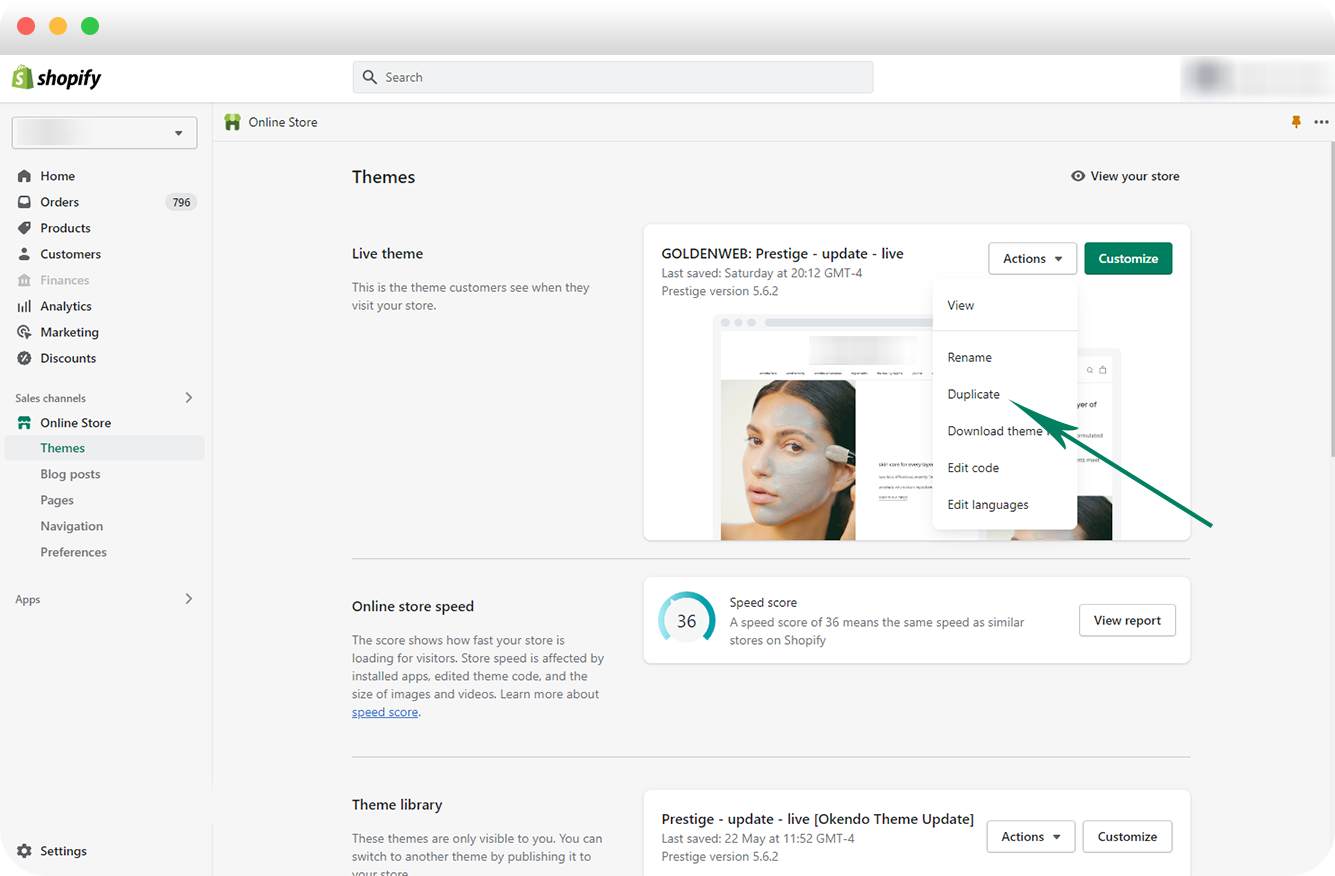
4. Clone Shopify Theme
With your theme selected, it’s time to infuse it with your brand’s personality. Here’s how:
Breaking Down the Customization Process
-
- Customize colour schemes and typography to match your branding.
- Incorporate your logo and other brand elements seamlessly.
- Tailor the layout to highlight your products and improve user navigation.
Emphasizing Branding and User Experience
Consistency is key. Your clone website should be an extension of your brand. Prioritize branding elements that resonate with your audience and ensure that the user experience is intuitive and engaging.
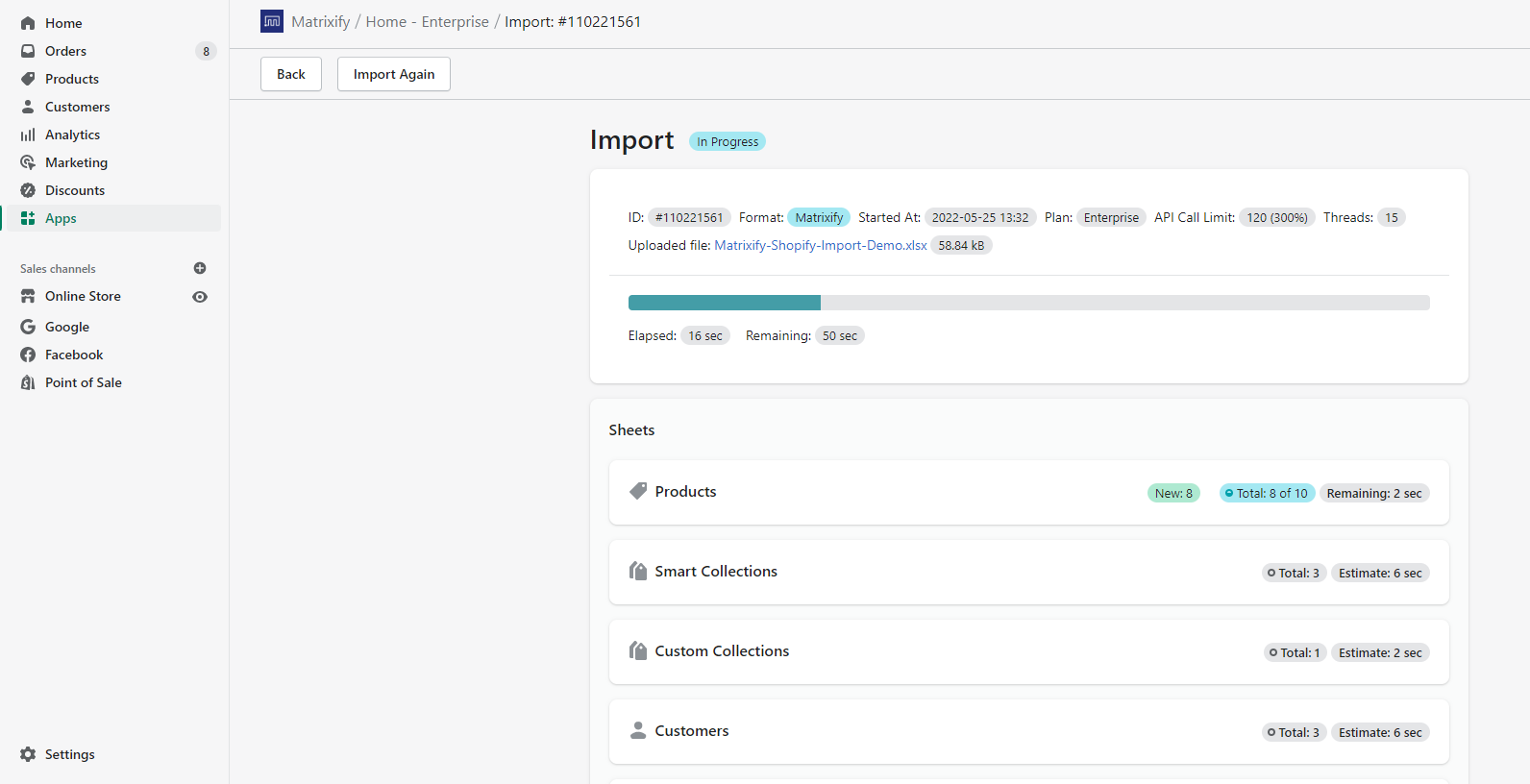
5. Importing Products & Content
Your clone website’s success hinges on the products you offer and the content you share. Here’s how to get started:
Providing Step-by-Step Instructions for Importing Products and Content
-
- Access the product import section in your chosen platform.
- Prepare your product data, including images, descriptions, and prices.
- Follow the platform’s instructions to upload your products.
Highlighting the Need for Accurate Product Information
Ensure that your product information is accurate and detailed. Clear descriptions and high-quality images enhance the user experience and contribute to higher conversion rates.
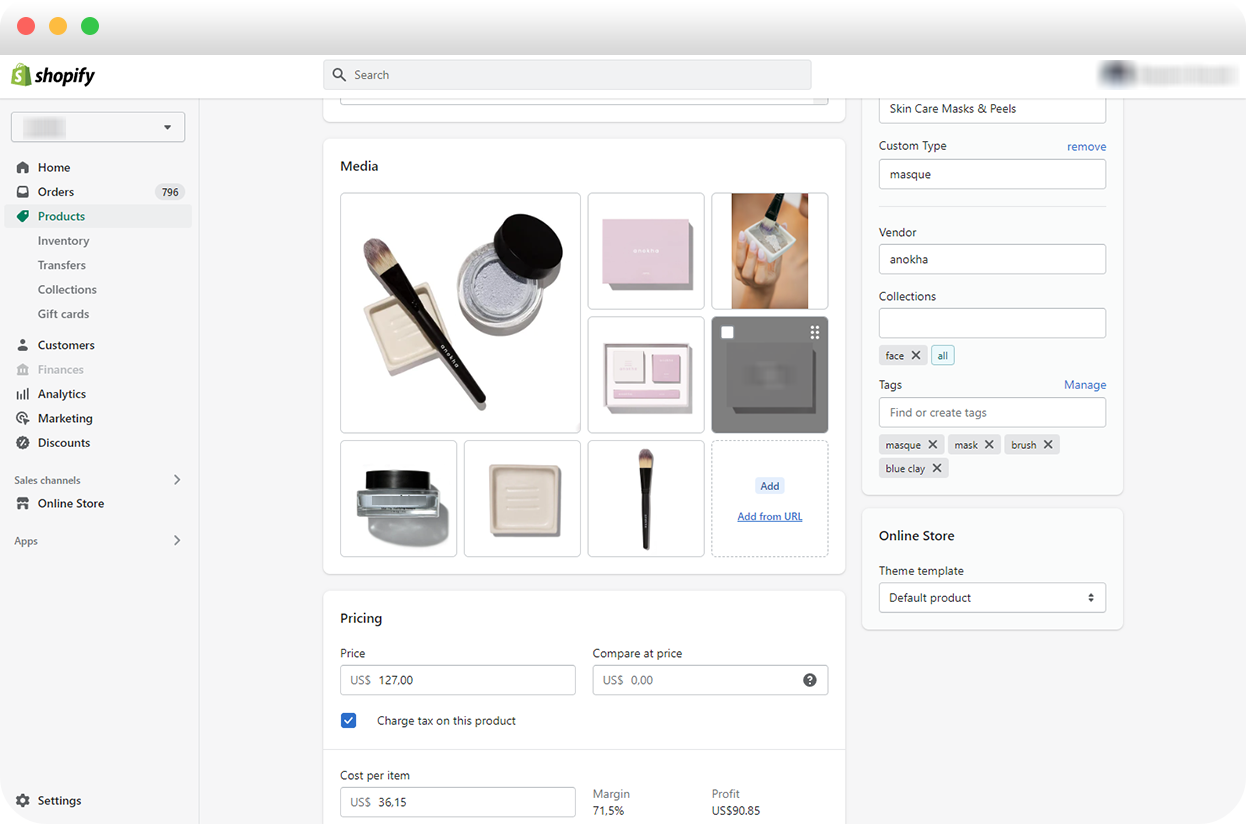
6. Testing Your Clone Website
Before the grand launch, rigorous testing is a must. Here’s why and how:
Explaining the Significance of Testing for Functionality and User Experience
Thorough testing ensures that your clone website functions seamlessly across devices and browsers. It also guarantees that users can navigate, shop, and complete transactions without hiccups.
Mentioning Common Areas to Test
-
- Navigation: Ensure that menus, links, and buttons work as intended.
- Checkout Process: Test the entire checkout journey, from adding items to completing payments.

7. Launching Your Clone Website
The culmination of your efforts is the launch of your clone website. Here’s how to make it a success:
-
- Discussing the Final Steps Before Launching: Perform a final review to catch any overlooked issues or errors. Ensure that all links are functional, images are optimized, and content is accurate.
- Highlighting the Importance of Double-Checking: Thoroughness is key. Double-check all elements of your clone website to provide a polished and seamless experience to your visitors from the moment they land on your site.
How To Clone A Website Design: Pro Tips
Creating a Shopify clone website is just the beginning of your online journey. To ensure your website’s success, it’s crucial to focus on optimization. Optimization enhances performance, user experience, and even search engine visibility. Here are some suggestions to guide you in the process:
Optimizing a Shopify Clone for Speed
-
- Optimize images: Compress images without compromising quality to reduce loading times.
- Minimize plugins: Only use essential plugins to avoid unnecessary code and slowdowns.
- Enable browser caching: Utilize browser caching to store elements of your website, reducing load times for returning visitors.
Implement Responsive Design
-
- Ensure responsiveness: Your clone website should adapt seamlessly to different screen sizes and devices.
- Mobile-friendly navigation: Optimize menus and navigation for smooth mobile browsing.
Streamline User Navigation
-
- Intuitive menus: Design menus that are easy to navigate, allowing users to find products effortlessly.
- Clear calls to action: Place prominent buttons for actions like “Shop Now” or “Add to Cart.”
Enhancing User Experience on Cloned Shopify Platforms
-
- Fast checkout process: Simplify the checkout process with minimal steps and clear instructions.
- High-quality visuals: Use high-resolution images to showcase your products effectively.
- Customer reviews: Incorporate customer reviews to build trust and credibility.
SEO for Shopify Clone Websites
-
- Keyword optimization: Use relevant keywords naturally in product descriptions, titles, and content.
- Meta tags and descriptions: Craft compelling meta titles and descriptions for better search engine visibility.
- Clean URL structure: Ensure that your URLs are clear and descriptive.
Monitoring and Analyzing Clone Website Performance
-
- Utilize analytics tools: Monitor website traffic, user behaviour, and conversion rates.
- Regular updates: Based on analytics, make necessary adjustments to improve user engagement and conversion.
Provide Excellent Customer Support
-
- Live chat: Offer a live chat option to assist customers in real time.
- FAQ section: Create a comprehensive FAQ section to address common queries.
Test Across Devices
-
- Cross-device testing: Ensure your clone website functions seamlessly on various devices and browsers.
- User feedback: Gather user feedback to identify areas for improvement.
Frequently Asked Questions
1. Can You Copy Products from one Shopify Store to Another?
Yes, you can clone a Shopify website, but it’s essential to understand the nuances involved. Cloning typically consists of replicating the design, layout, and functionality of a Shopify store. This can be achieved by creating a new website with similar features and aesthetics.
2. How Do I Copy a Shopify Store Link?
Copying a Shopify store link is simple. Please navigate to the desired page on the store, copy the URL from your browser’s address bar, and share it wherever needed.
3. How Do I Clone a Shopify Theme?
To clone a Shopify theme, you’ll need access to the theme’s code. Duplicate the theme in your Shopify admin, make the necessary customizations, and save it as a new theme. This ensures you maintain the original melody while experimenting with changes.
4. Can Shopify Restore a Website?
Yes, Shopify can restore your website to a previous version. Shopify stores backups of your store’s data, allowing you to revert to an earlier state if needed. This feature is handy if you encounter issues during development.
5. How Long Does a Shopify Domain Last?
A Shopify domain lasts for one year after purchase. It’s essential to renew your domain before it expires to avoid any disruptions to your online store.
6. How to Make a Website Like Shopify from Scratch
Creating an e-commerce website from scratch requires expertise in web development, design, and e-commerce functionalities. Consider hiring professionals or using platforms that offer extensive customization options.



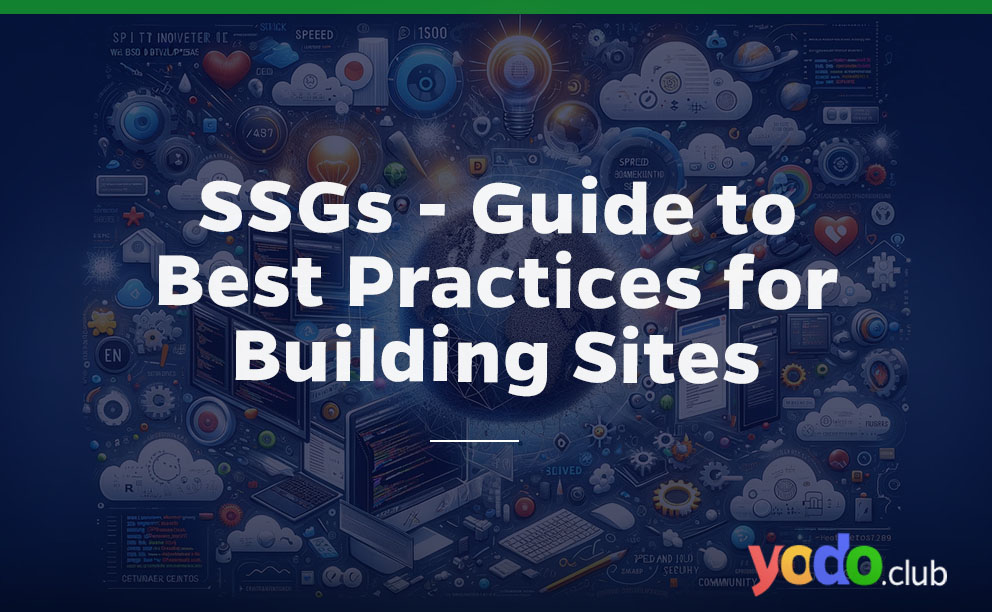


 & Passion.
& Passion.